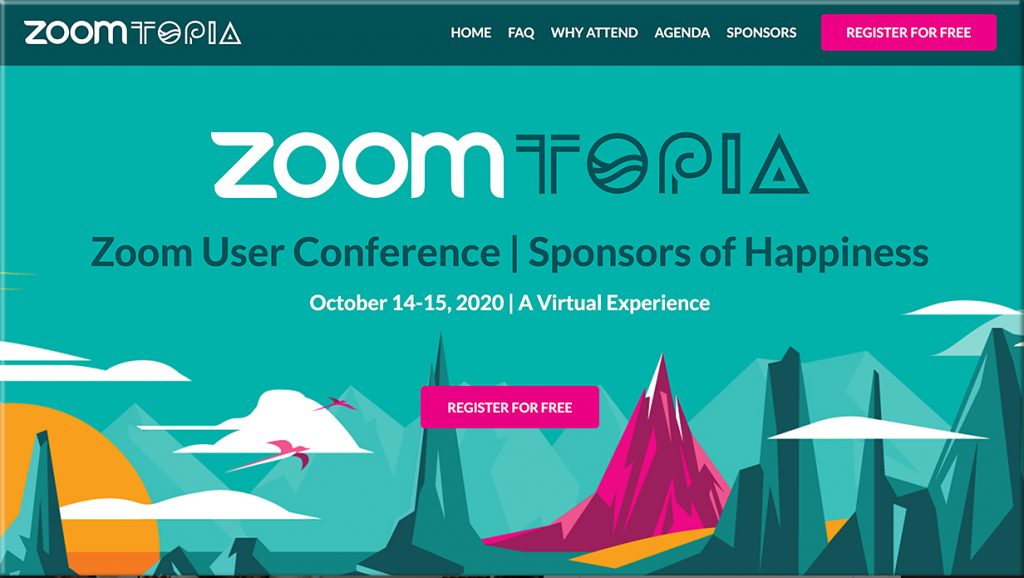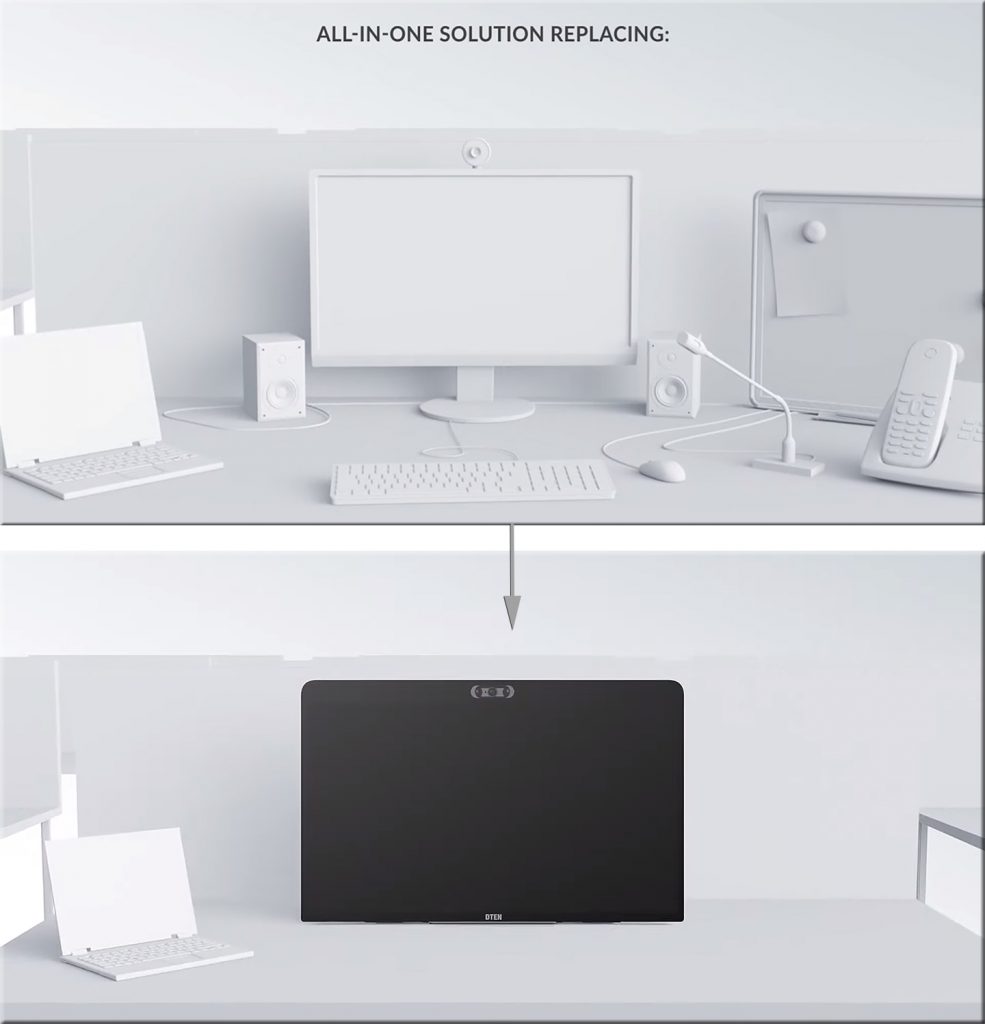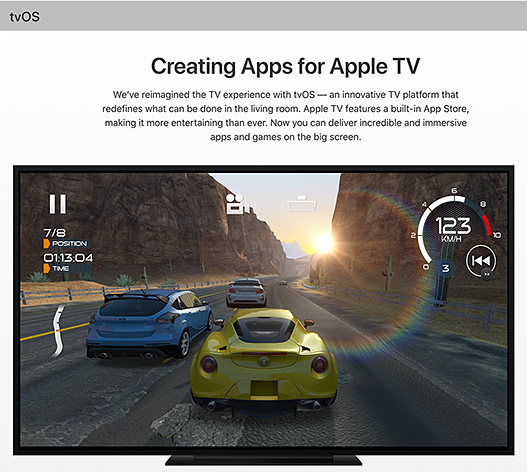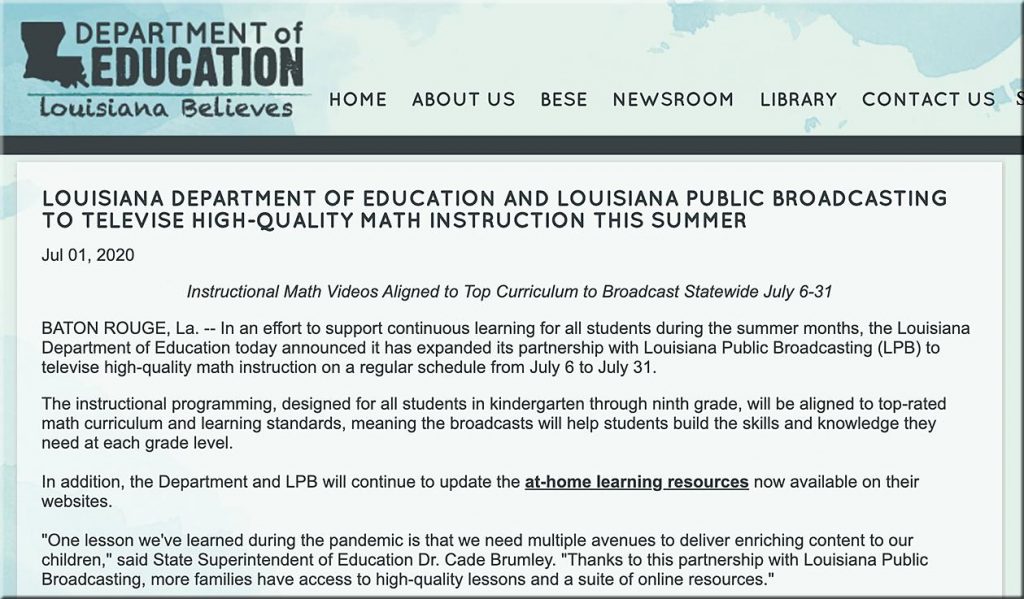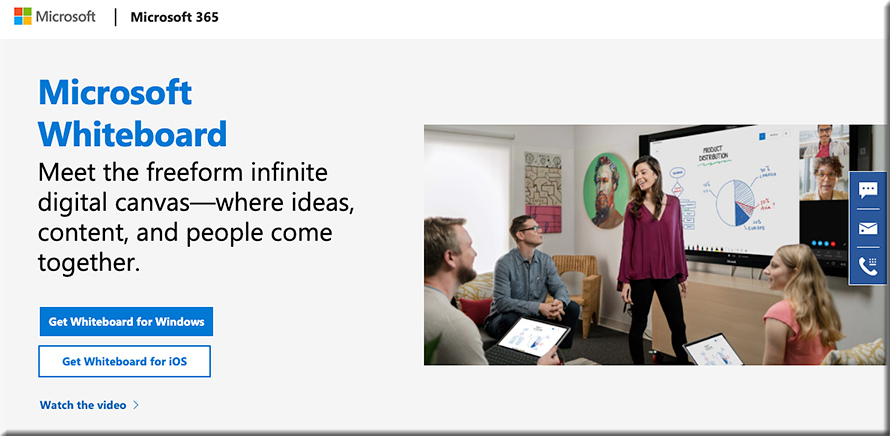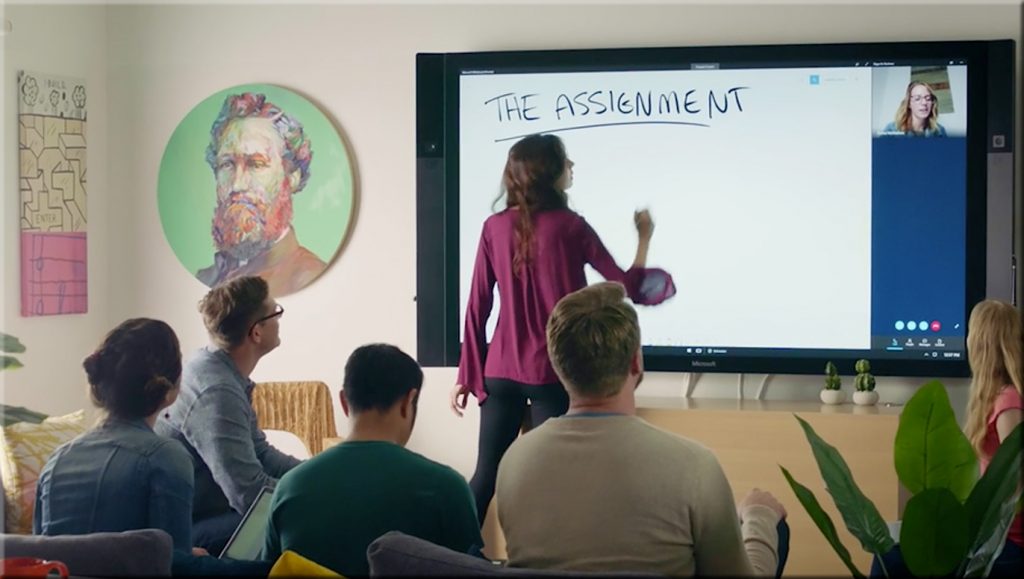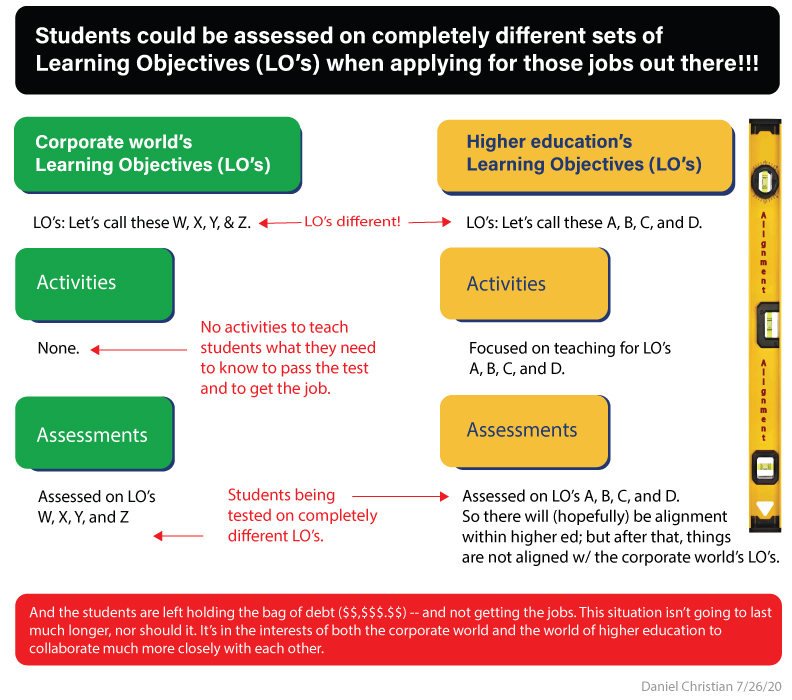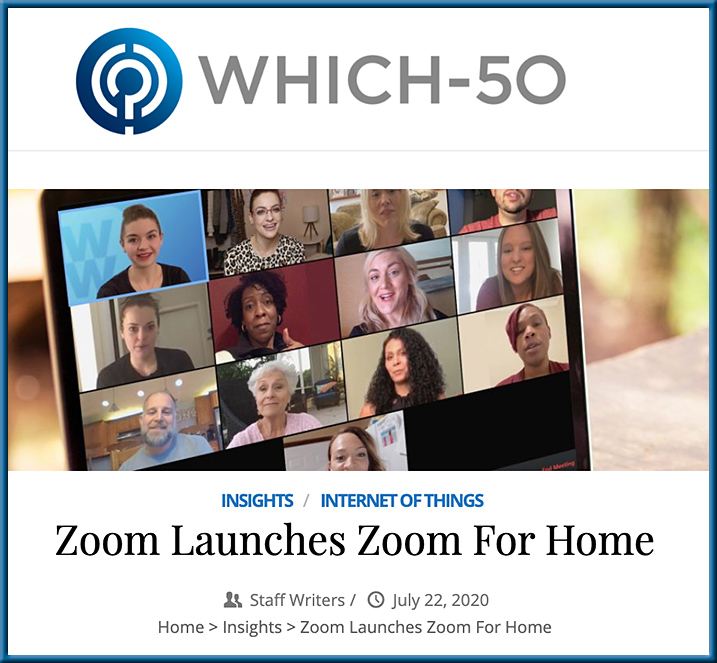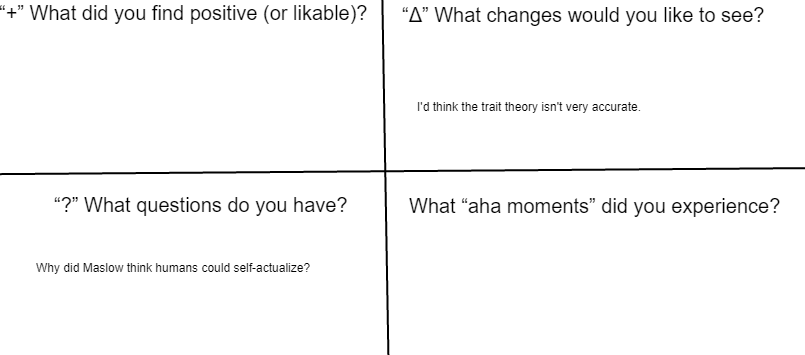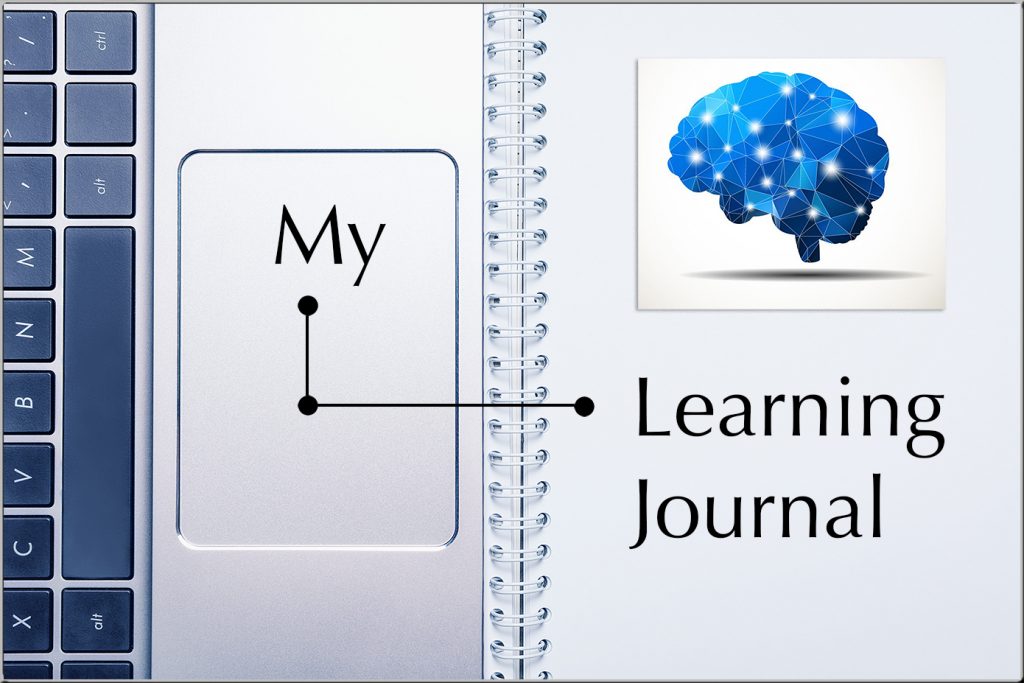Also see:
Zoom for Home – DTEN ME is an all-in-one personal collaboration device for your home office
If your collaboration tool allows it, try this “Virtual ‘4 Corners’ Activity” [Honeycutt & Robinson]
From Honeycutt & Robinson:
Dr. Sheila Robinson shares how she uses the "4 Corners" activity in a virtual environment to break up long lectures & increase student engagement. https://t.co/MaLqEYybj0— Daniel Christian (@dchristian5) October 6, 2020
Per Dr. Honeycutt, also see:
From DSC:
Per Wikipedia, this is a 1910 Model T that was photographed in Salt Lake City:
From DSC:
The Ford Model T didn’t start out looking like a Maserati Gran Turismo from 2021! Inventions take time to develop…to be improved…for new and further innovations and experiments to take place.
Thinking of this in terms of online-based learning, please don’t think we’ve reached the end of the road for online-based learning.
The truth is, we’ve barely begun our journey.
Two last thoughts here
1 ) It took *teams* of people to get us to the point of producing a Maserati like this. It will take *teams* of people to produce the Maserati of online-based learning.
2) In terms of online-based learning, it’s hard to say how close to the Maserati that we have come because I/we don’t know how far things will go. But this I do know: We have come a looooonnnnnggggg ways from the late 1990s! If that’s what happened in the last 20 years — with many denying the value of online-based learning — what might the next 5, 10, or 20 years look like when further interest, needs, investments, etc. are added? Then add to all of that the momentum from emerging technologies like 5G, Augmented Reality, Mixed Reality, Virtual Reality, Artificial Intelligence, bots, algorithms, and more!
From DSC:
To drive the point home, here’s an addendum on late 9/29/20:
- Mercedes-Benz Shares Video of Avatar Electric Car Prototype — interestingengineering.com by Fabienne Lang
The German car company shared footage of the breathtaking vehicle prototype.
Zoom, but for X: How startups are building for our new video normal — from protocol.com by Biz Carson
Meet the startups building the next take on video.
Excerpt (emphasis DSC):
Trying to liven up the monotony of Zoom meetings, Phil Libin hung up a green towel behind his desk and started projecting images onto it, like Dr. Anthony Fauci hovering over his shoulder, just to make his team laugh. At first, it was a bit of a performance and a way to break up the monotony as Zoom fatigue set in a few months into the pandemic at the end of May. But then Libin, the former CEO of Evernote and founder of startup studio All Turtles, realized the “Weekend Update” style could be more than just a gimmick.
A bit of coding and a fantastic demo later, Libin closed a seed round of $4.5 million to launch his new company, Mmhmm. His big belief is that we’re moving to a hybrid world where things don’t fit neatly into boxes like in-person or online or live or recorded. Instead, it’s all going to be a mix.
Also see:
Per this week’s Lecture Breakers Weekly! from Dr. Barbi Honeycutt:
Break up your online lectures with the Watch Party! Here’s how you can do it:
- Pre-record your mini-lecture or find a video you want to use for your lesson.
- Instead of asking students to watch the video on their own, play it during your synchronous/live class time.
- Explain to your students that they are watching the video all at the same time and that you will be facilitating the chat and answering their questions as they watch the video together. It’s a watch party!
- Option: Take the conversation out of Zoom or your LMS. Create a hashtag for your course on Twitter and invite other experts, colleagues, or friends to join the conversation.
Instead of presenting during the synchronous class time, you can now focus completely on managing the chat, prompting discussion, and responding to students’ questions and ideas in real-time. And be sure to record and save the chat for students who couldn’t attend the live session or want to review it later.
From DSC:
This is one of the kind of things that I envisioned with Learning from the living class[room] — a next-generation, global learning platform.
Learners could be watching a presentation/presenter, but communicating in real-time with other learners. Perhaps it will be a tvOS-based app or something similar. But TV as we know it is changing, right? It continues to become more interactive and on-demand all the time. Add videoconferencing apps like Zoom, Cisco Webex Meetings, Blackboard Collaborate, Microsoft Teams, Adobe Connect and others, and you have real-time, continuous, lifelong, relevant/timely, affordable, accessible, up-to-date learning.
Also, you have TEAM-BASED learning.
Top 200 Tools for Learning — from toptools4learning.com by Jane Hart
Excerpt:
The Top Tools for Learning 2020 was compiled by Jane Hart from the results of the 14th Annual Learning Tools Survey, and released on 1 September 2020. For general information about the survey and this website, visit the About page. For observations and infographics of this year’s list, see Analysis 2020.
Watch out for these 3 mistakes you’re making during distance teaching — from edsurge.com by Paul Emerich France
Excerpt:
Distance teaching also shone a light on problematic practices that were never effective in person, either. And trying to re-create them in a virtual environment didn’t make them any better. As many schools resume remote instruction this fall, watch out for these three mistakes you may be making. More importantly, give yourself the liberty to try out some of the alternative approaches that can help make distance teaching more sustainable and effective.
Recent resources from A New Way Forward:
- 10 Things To Do in the First Weeks of School to Connect with Learners in Distance Learning — by Katie Martin
- Doing Project-Based Learning at Home by Jon Larmer
(Source: Getting Smart) - The 12 Shifts for Student-Centered Hybrid Environments by Kyle Wagner
(Source: Getting Smart) - How 13 Educators are Strengthening Their Communities by Lindsy Ogawa
(Source: Education Reimagined) - 6 Ideas for Creating a Remote Community of Learners by Dr. Katie Martin
(Source: Altitude Learning)

From DSC:
- If one doesn’t have access to the Internet, a computer, or any such mobile technology as seen in the image above…could TV become the medium through which one could be educated during this next year of the Coronavirus situation? That is, until we can develop better and more equitable policies, plans, funding, systems, infrastructures, and connectivity for all students!
- After that, could we see more televisions morph into smart/connected TVs?
- Could PBS, ABC, CBS, NBC, Fox, and other major networks collaborate with the U.S. Department of Education to help us educate all students?
- Could the largest internet company of 2030 be an online school as Thomas Frey predicts?
A few years ago, I had hoped that Apple was going to go all-in with their tvOS platform.

SAN FRANCISCO, CA – SEPTEMBER 9: Apple CEO Tim Cook introduces the New Apple TV during a Special Event; 9/9/15.
Though it’s still early in the game, that really hasn’t happened to the extent that I had hoped. That said, more recently, I was encouraged to see this article from back in July:
Let’s ask the employees of PBS, ABC, CBS, NBC, Fox, and other networks if they would be willing to work with the U.S. Department of Education to help educate ALL students! Though educational TV is not new, I’m talking about taking things to a *whole* new level.
With that in mind, I created the following graphic:

(One might ask why I used an old television in the above graphic. I was trying to get at the idea that one might not have a lot of resources to work with.)
From DSC:
Some of the following questions came to my mind recently:
- In this age of the Coronavirus, how can we think differently about learning experience design (#LXD)?
- How can *teams* of people come together to reimagine what learning could look like in the future? Who might be some new players at the table? More students? Artists? Actors? More animators? More technicians and people from A/V? Specialists in XR? Corporate trainers coming together with Instructional Designers from higher ed and from K-12? #learningecosystems #future
- How can we better tighten up the alignment between K-12, higher ed / vocational programs, and the corporate world?
- How can we make self-directed learning more prevalent (which would release an enormous amount of energy & creativity)? #heutagogy
Maybe those aren’t even the right questions…
If not, what do you think? What questions should we be asking about learning these days?
#LXD #learningecosystems #future #lifelonglearning #onlinelearning #highereducation #K12 #corporatelearning #heutagogy
The main thing we need to remember is that this space no longer serves as an accessory to face-to-face teaching. It is now our main contact point with learners, so it needs to play different roles: communication channel, learning path, interaction platform and community space. Teachers therefore need a certain degree of freedom to design this space in the best way that suits their teaching style and philosophy as well as their course content and learning objectives.
…
What became obvious in the past months is that when it comes to teaching and learning fully online, the learning experience design aspect, including look, feel and logic of the platform from the users’ perspective- be it teachers or students-, are at least as important as the content.(source)
Questions/reflections from DSC:
- How might this be used for online-based learning?
- For “learning pods” and homeschoolers out there?
- Will assistants such as the Webex Assistant for Meetings (WAM) be integrated into such tools (i.e., would such tools provide translation, transcripts, closed captioning, and more)?
- How might this type of tool be used in telehealth? Telelegal? In online-based courtrooms? In presentations?
#onlinelearning #collaboration #education #secondscreen #edtedh #presentations #AI #telehealth #telelegal #emergingtechnologies
[DC] Cisco Webex: Is this level of audio quality in your videoconferencing products? If not, please purchase/integrate this co's tech.
"Your answer to high-quality audio for remote learning.
High-Quality Audio for Multi-User/Multi-Location Conferencing"https://t.co/XreOLVTXMj pic.twitter.com/Akut67piRe— Daniel Christian (@dchristian5) July 28, 2020
From DSC: I’d like to thank Ryan Craig for mentioning several interesting articles and thoughts in a recent Gap Letter. At least 2-3 of the articles he mentioned got me to thinking…
With a degree no longer enough, job candidates are told to prove their skills in tests — from hechingerreport.org by Jon Marcus
Instead of relying on credentials, more employers want applicants to show their stuff
Excerpts (emphasis DSC):
Among the many frustrations ahead for millions of Americans thrown out of work by the pandemic is one that may surprise them: To get a new job, it’s increasingly likely they will have to take a test.
As the number of candidates balloons while health risks make it hard for hiring managers to meet with them in person, a trend toward “pre-hiring assessments” — already under way before Covid-19 — is getting a huge new push.
Skeptical that university degrees are the best measure of whether candidates have the skills they need, employers were already looking for ways that applicants could prove it — including in fields where that was not previously required.
“It’s like try before you buy,” said Price.
Also see:
- College Alumni See Room for Job-Skill Improvement — from news.gallup.com by John Clark
From DSC:
There is a huge misalignment between the Learning Objectives (LO’s) that the corporate world supports — and ultimately hires by — as compared to the LO’s that faculty, provosts, & presidents support.
This happened to me a while back when I was looking for a new job. I traveled to another city — upon the company’s request (though they never lifted a finger to help me with the travel-related expenses). Plus, I dedicated the time and got my hopes up, yet again, in getting the job. But the test they gave me (before I even saw a human being) blew me away! It was meant for PhD-level candidates in Computer Science, Programming, or Statistics. It was ridiculously hard.
The article above got me to thinking….
Higher education increasingly puts a guerrilla of debt on many students’ backs, which adds to the dispiriting struggle to overcome these kinds of tests. Also, the onslaught of the Applicant Tracking Systems that students have to conquer (in order to obtain that sought after interview) further adds to this dispiriting struggle.
How can we achieve better alignment here? Students are getting left holding the bag…a situation that will likely not last much longer. If higher ed doesn’t address this situation, we shouldn’t be surprised to see a mass exodus when effective alternatives pick up steam even further. Last call to address this now before the exodus occurs.
Along these lines see:
Better Connecting College and Career — from insidehighered.com by Steven Mintz
How to improve career readiness.
Excerpt:
How can colleges best prepare students for careers in a volatile, uncertain environment? This is the question recently asked by Marie Cini, the former provost at University of Maryland University College and former president of CAEL.
Career service offices, she observes, are first and foremost job search centers: reviewing résumés, publicizing job openings and arranging interviews. What they are not about, for the most part, is career preparation, a longer and more intense process involving self-analysis, skills building and genuine insights into the job market.
Zoom Launches Zoom For Home — from which-50.com
Excerpts:
Zoom Video Communications has announced Zoom for Home, which it describes as a new category of software experiences and hardware devices to support remote work use cases. The focus is on improving employee experiences to connect remotely and be productive.
Features for the all-in-one 27-inch device include: three built-in wide-angle cameras for high-resolution video; an 8-microphone array for crystal-clear audio in meetings and phone calls; and, an ultra-responsive touch display for interactive screen sharing, whiteboarding, annotating, and ideation.
Also see:
- ZOOM FOR HOME – DTEN ME: VIDEO CONFERENCING JUST GOT PERSONAL — from blog.dten.com by Scott Krueckeberg
- VIDEO CONFERENCE LIKE A BOSS — from blog.dten.com by Nia Celestin
From DSC:
Again, we see some further innovation in this space. The longer the Coronavirus impacts things, the further ahead the online-learning space will be catapulted. This type of device consolidates several devices into one, while making it intuitive and likely easy to annotate items on it.
Pedagogical considerations for instructional videoconferencing sessions — from onlinelearningconsortium.org by Amanda Major
Excerpt:
Presented here are recommendations and strategies to support educators.
We hope you find these pedagogical considerations for faculty holding a synchronous class session via a video conferencing tool as timely, practical, and rewarding. The intent is to allay your anxieties about offering quality instruction to your students; thereby, helping you to adapt quickly to this new situation.
The ending points of your content delivery should make a lasting impression. Try these ideas:
-
- Wrap-up your session with a Parking Lot designed as a quadrant (see below), use a shared document and include the following quadrant headings/questions so students can respond in real time:
Also see the idea of a learning journal here.









